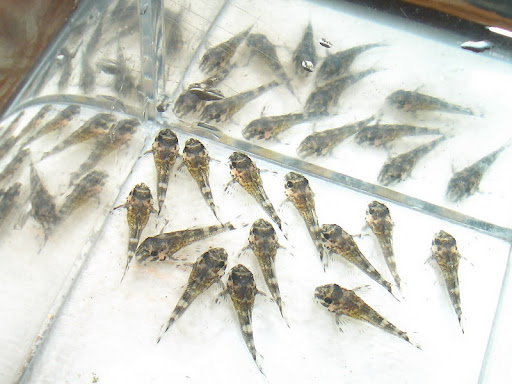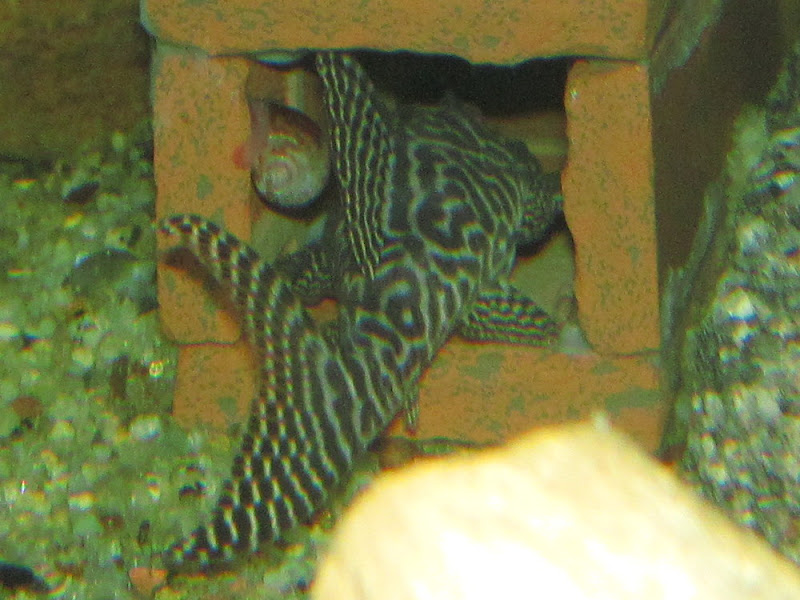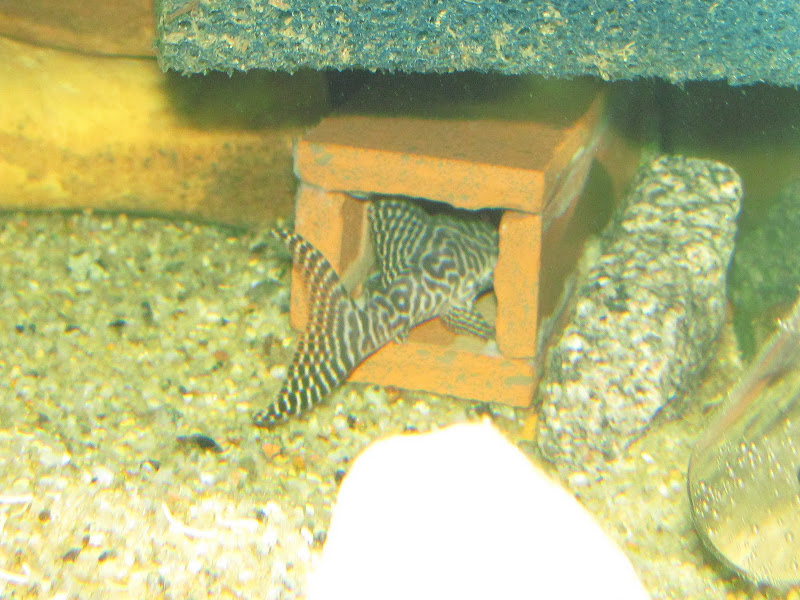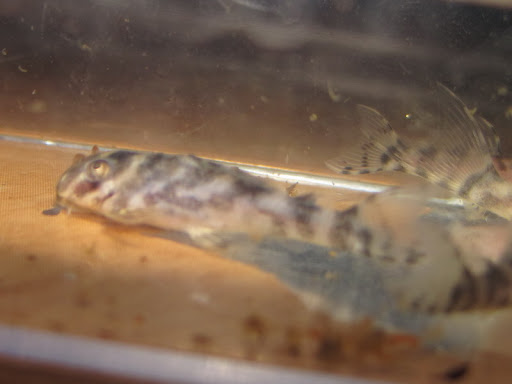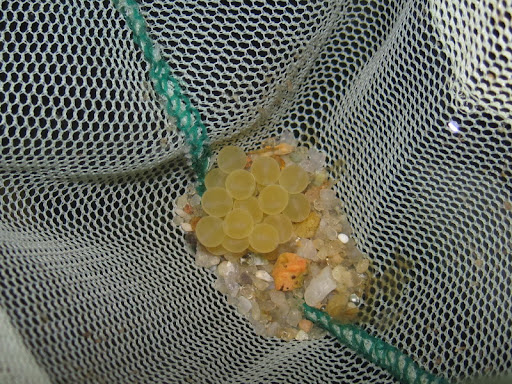Hi,
difficult to say. But I think your fish are untypical L 66. First: L 287 is not a valid L-Number. The magazine DATZ introduced L 287 in december 2000. But this introduction was from the beginning problematic. Only one fish was imported with L74, a panaqolus species from Rio do Para. But does that mean, L 287 is from Rio do Para? No, it could also be that the fish was catched in Xingu River and was just hiding in the tank until the exporter put in some L 74. Beeing imported with L 74 doesn't mean being catched at the same location. But the DATZ ignored this possibility and introduced L 287 based on a single fish, without a catching location. No wonder, that L 287 is weakly defined.
Many imports of this kind of fish arrived in Germany, but all from Xingu and as far as I know, never from Rio do Para. Some years later some people decided, that L 287 is the same fish as Hypancistrus sp. "Belo Monte", later introduced as L 399/400 (also a mess).
So if you think your fish could be L 287, you are definitely wrong, because L 287 doens't exist.
Aquarium Glaser (Germany) has imported some L 287, identified with the aqualog reference. These type of fish are similar to L 66, but differ in body shape (caudal fin), pattern (more banded than wormlined) and size (smaller). I have a pair of this fish and bread them. But in my opinion they are very close to L 66 but not the same. So I decided to call them Hypancistrus sp. "L 287 Glaser 2007) to avoid mixtures with L 66 ore L 399/400.
Your fish reminds me of my L 287, when i bought them from Glaser in 2007. But the caudal fin of the male is like L 66. The pattern is not typical for L 66, but possible, because of the many variations L 66 shows.
You see its very difficult to identify your fish. My tip: Don't mix them with L 66 or other variants and try to breed the pair. If the offspring shows real difference to L 66, this is perhaps the same fish I bought as L 287. But perhaps this is also just a variant of a Hypancistrus that will be described sooner or later as one species . . .

Here some pictures of my L 287 Glaser 2007

Picture shows the male with 100mm TL

Picture shows a youngster with 70mm

Typical L 66 with 120mm. Look at the odontodes. L 287 never shows that much.
Regards





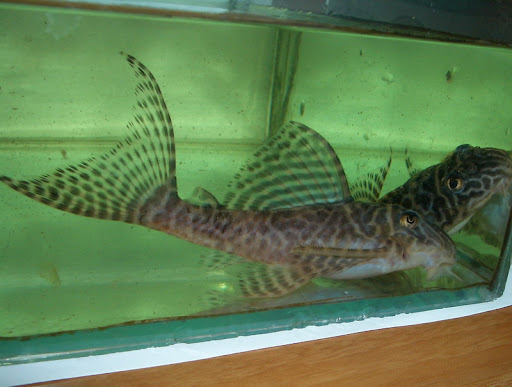










 Typical L 66 with 120mm. Look at the odontodes. L 287 never shows that much.
Typical L 66 with 120mm. Look at the odontodes. L 287 never shows that much.